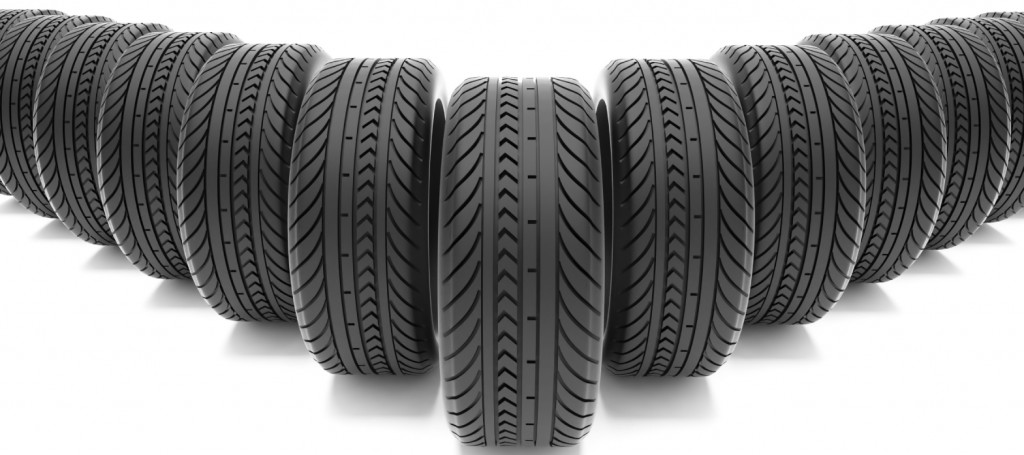Choose the Best Tires

Notwithstanding propels in longer-enduring tires, real tread life will change via auto sort, tire sort, (for example, all season or superior), driving forcefulness, and even street and climate conditions. Despite everything you have to supplant your tires a couple times or more for the duration of the life of a run of the mill vehicle. As the maxim goes, nothing keeps going forever.
Appropriate support and mindful driving can expand the mileage in an arrangement of tires. Month to month tread reviews can illuminate when the tires warrant substitution, well ahead of time of the governmentally ordered tread-wear pointers.
Tire Types
When it comes time to supplant your tires, it pays to recognize what is presently on your vehicle and to find out about your choices. By and large, you’ll need comparative substitutions, coordinating the size and speed rating. From that point, you can utilize the appraisals to discover models that exceed expectations in the regions that might matter most to you, for example, braking, taking care of, ride solace, and commotion.
All-Season Car Tires
All-season tires come in sizes to fit everything from small cars to light-duty SUVs and pickups. They are for drivers who want year-round traction, long tread wear, and a comfortable ride. But all-season tires typically lack the precise handling and grip of performance tires.
Ultra-High Performance Tires
All season and summer ultra-high performance tires are commonly fitted to upscale sedans or sporty vehicles. All season UHP tires are designed to provide good handling and responsive steering in wet and dry conditions, but the tread wear and ride comfort are common compromises. Summer UHP tires are not intended for cold weather and won’t grip in snowy or icy conditions. All-season versions may compromise some dry and wet grip to gain winter traction.
All-Season Truck Tires
All-season truck tires are designed for the heavy loads an SUV or pickup can move. These are well-rounded tires designed to perform well in most conditions.
All-Terrain Truck Tires
Engineered for more heavy-duty applications, all-terrain truck tires are suitable for use on paved roads and light off-road use. The more rugged tread is designed to provide added traction on unpaved and snowy roads.
Winter/Snow Tires
Winter/snow offer superior grip to go, stop, and corner in cold, inclement weather. But they typically have faster treadwear than all-season tires because the tread is specifically designed to bite into snow and ice, and the rubber is formulated to stay pliable at freezing temperatures. Also winter/snow tires generally stop longer than all-season tires on cleared roads.
We test winter/snow tires suited to cars, performance winter/snow tires for sports cars, and truck winter/snow tires for pickups and SUV
Truck Winter/Snow Tires
Truck winter/snow tires are specifically designed for pickups and SUVs. Like car winter/snow tires, always use truck winter/snow tires in a set of four for optimum grip to go, stop, and corner.
Treadwear
A treadwear evaluation is found on most new tires. In any case, that treadwear evaluation is a similar device, and it doesn’t tell in miles to what extent any one tire may last. Further, producers use diverse approachs in making treadwear mileage claims, which thusly makes looking at tire mileages crosswise over tire brands testing.
Tire Pressure Monitoring Systems
Tire Pressure Monitoring Systems (TPMS) have been standard gear in every new auto since model year 2008. Following their presentation, government concentrates on have found that TPMS has prompted a huge lessening in under-expanded tires out and about, profiting mileage and security.
The government necessity stipulates that the auto have the capacity to screen the weight and alarm the driver when it drops essentially, however it doesn’t indicate the innovation. Numerous wheels are fitted with sensors that screen the weight and sends the information remotely to the auto’s instrument board. These frameworks, called direct TPMS, might require batteries that should be supplanted following quite a long while, regularly prompting supplanting the whole sensor. Some simply alarm of weight misfortune with a notice light, yet better frameworks give a read out of the weight in the tires.
Circuitous TPMS frameworks depend on the electronically monitored slowing mechanism frameworks to gauge wheel speed and translate the weight. These frameworks don’t utilize weight sensors and along these lines can not show weight
Tire Maintenance
Longer-enduring tires make wellbeing checks more basic than any time in recent memory. Large portions of today’s tires last 50,000 miles or more before they destroy, however warm, environment, potholes, and under-expansion can debilitate them.
• Check the pneumatic stress every month when the tires are frosty (before they’ve been driven more than two or three miles). Make certain that they’re expanded to the pneumatic stresses recorded on the notice on the doorjamb or inside the glove compartment or fuel-filler entryway. Try not to utilize the weight on the tire’s sidewall, that is the greatest weight for the tire.
• Look for breaks, cuts, or swells in the sidewall or tread and supplant tires that have them.
• Check for uneven treadwear, which commonly indicates poor wheel arrangement or worn suspension segments, and have both checked by a shop. Additionally have your vehicle’s arrangement and suspension checked before mounting new tires to keep them from wearing rashly.
• Stay inside of the vehicle’s weight limit recorded on the doorjamb bulletin. Over-burdening makes tires run more sizzling, expanding the shot of a disappointment.
• Measure tread profundity with a quarter. In the event that the highest point of George Washington’s head is simply obvious when set in a tread groove, then the tread has around 1/8 inch profundity—enough to offer some all – climate grasp, however it’s an ideal opportunity to pondering substitution.



